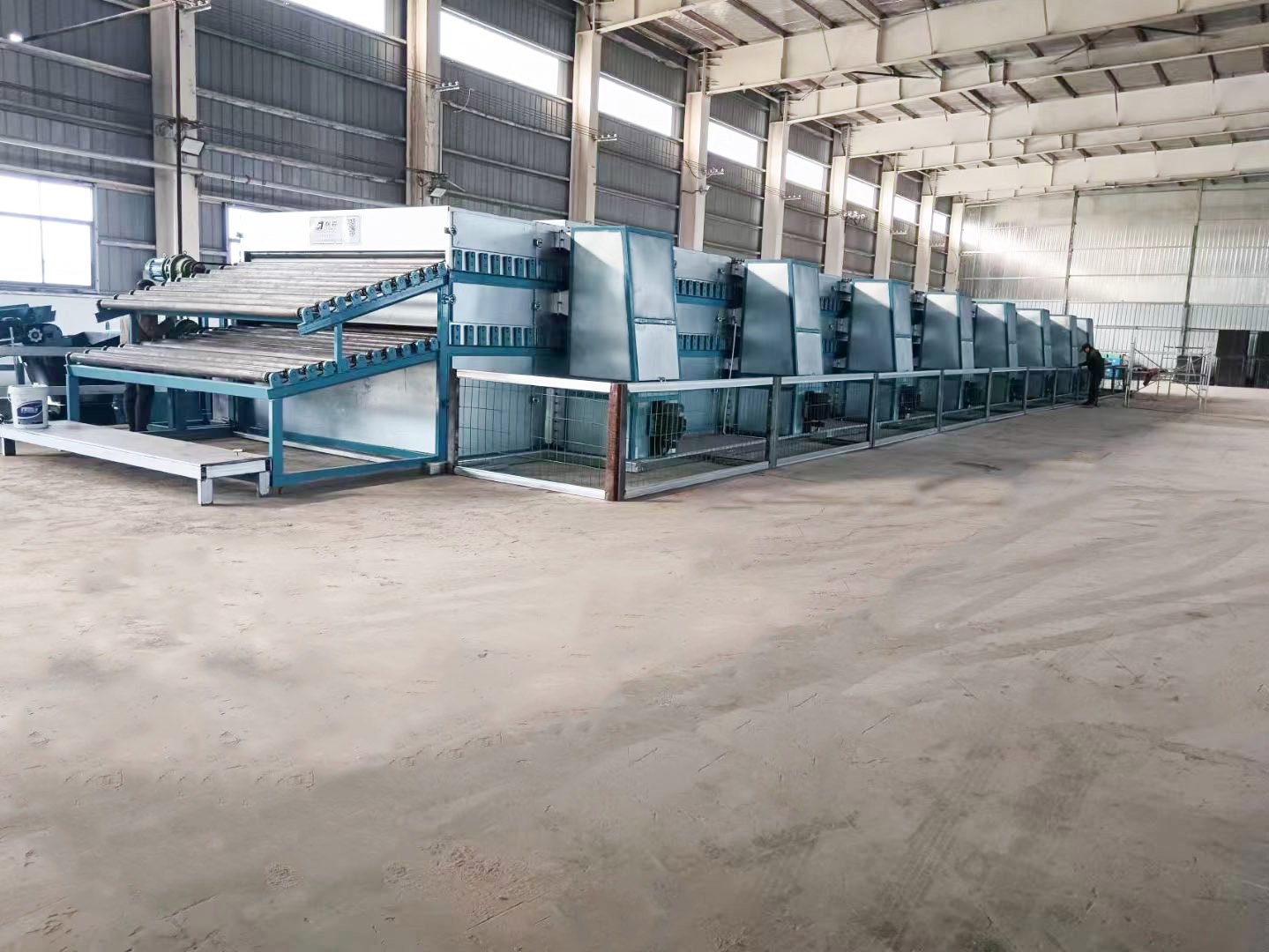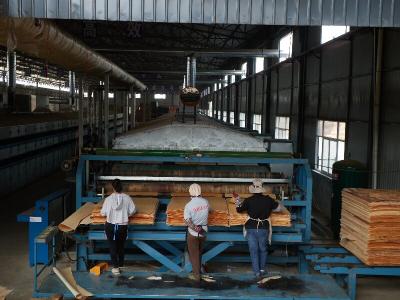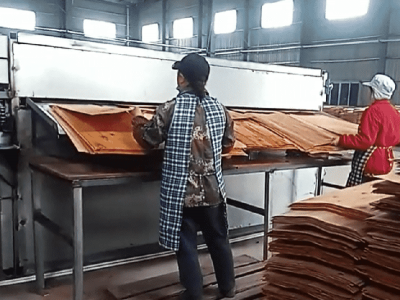What is the purpose of drying wood in veneer dryer?
In the woodworking industry, proper wood drying is far more than a routine step—it is a critical process that directly impacts product quality, operational efficiency, and long-term sustainability. By reducing wood moisture content to optimal levels, manufacturers can unlock a range of benefits that transform raw timber into durable, high-performance materials. Here’s a closer look at why wood drying is indispensable.
1. Prevent Deterioration & Extend Product Lifespan
Freshly cut or wet wood left exposed to outdoor air for extended periods is highly vulnerable to rot, mold, and insect infestation. Microorganisms and pests thrive in moist environments, feeding on the wood’s natural sugars and cellulose. By drying wood to a moisture content (MC) below 20%, manufacturers drastically reduce its susceptibility to such damage. In industrial settings, wood is typically dried to 8–15% MC, a threshold that preserves the wood’s inherent strength, texture, and natural resistance to corrosion. This not only extends the service life of wood products (e.g., furniture, construction timbers) but also minimizes waste and replacement costs.
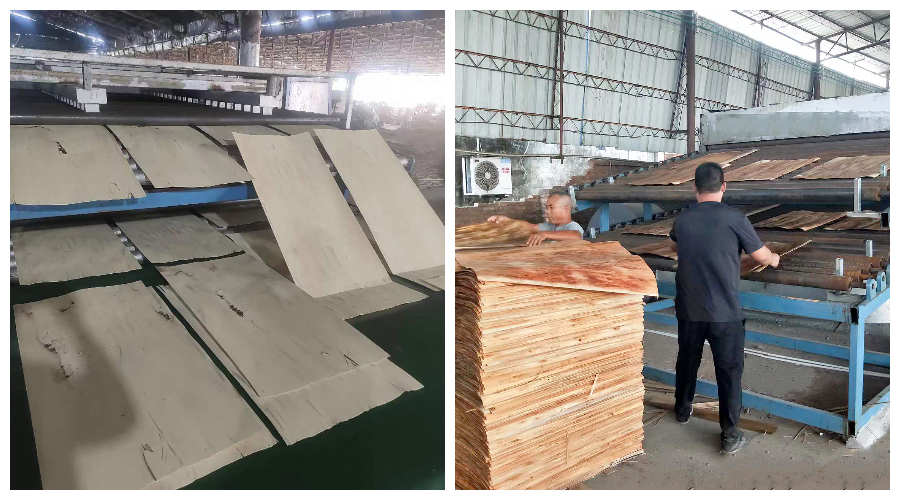 2. Reduce Weight for Improved Logistics Efficiency
2. Reduce Weight for Improved Logistics Efficiency
Freshly harvested wood often contains moisture levels exceeding its own weight—for example, green hardwood can have an MC of 50–100%. Even after short-term air-drying, moisture content remains high, increasing transportation costs due to excess weight. Industrial drying reduces wood weight by 30–50%, significantly improving vehicle load capacity. For logistics companies and manufacturers, this translates to lower fuel consumption, fewer trips, and reduced transportation expenses—critical advantages in a competitive market.
3. Enhance Mechanical Strength & Machinability
Wood’s physical and mechanical properties are closely tied to its moisture content, particularly below the fiber saturation point (the stage where cell walls are no longer saturated with water). As MC decreases below this point, wood becomes denser and stronger, with improved resistance to bending, compression, and wear. Additionally, drier wood is easier to saw, plane, and shape, reducing tool wear and machining time. This efficiency boost not only lowers production costs but also ensures consistent quality in end products like flooring, cabinetry, and structural beams.
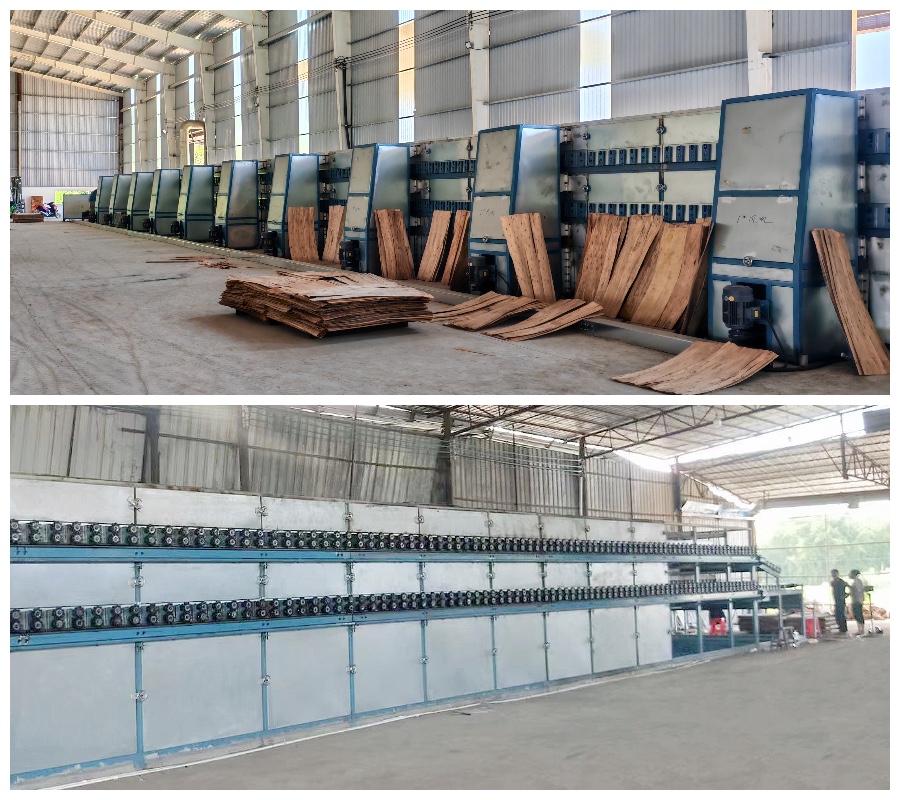 4. Minimize Deformation & Cracking
4. Minimize Deformation & Cracking
When wood loses moisture, it naturally shrinks. Uneven shrinkage—caused by inconsistent drying or exposure to fluctuating humidity—leads to warping, cracking, or splitting. By drying wood to a moisture level compatible with its intended use (e.g., matching indoor humidity for furniture), manufacturers stabilize its volume and dimensions. This stability ensures that wood products retain their shape and structural integrity over time, even in varying environmental conditions, enhancing their durability and customer satisfaction.
Conclusion
Wood drying is a cornerstone of modern woodworking, addressing critical challenges from spoilage to logistical inefficiencies. By optimizing moisture content, manufacturers not only extend product lifespans but also improve operational efficiency, reduce costs, and deliver higher-quality materials. In an industry where precision and sustainability matter, investing in advanced drying technologies is not just a choice—it is a strategic imperative.
